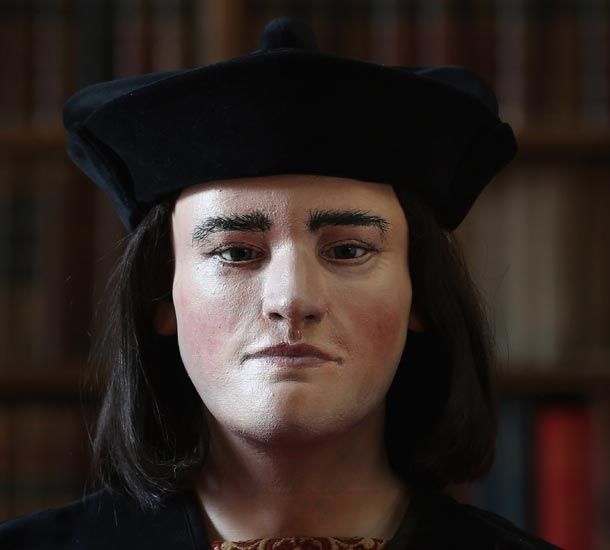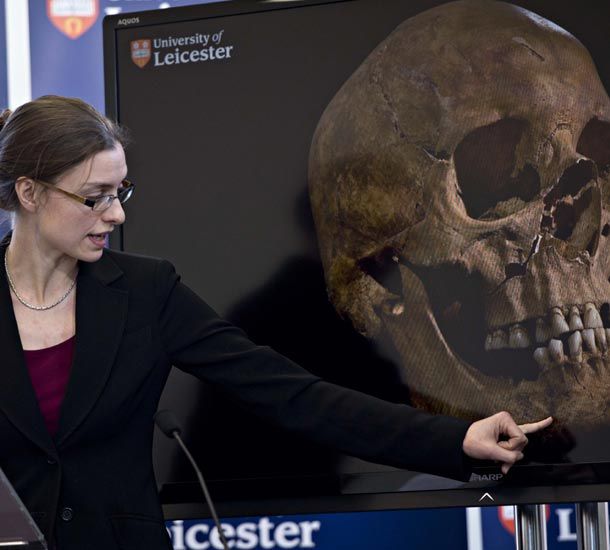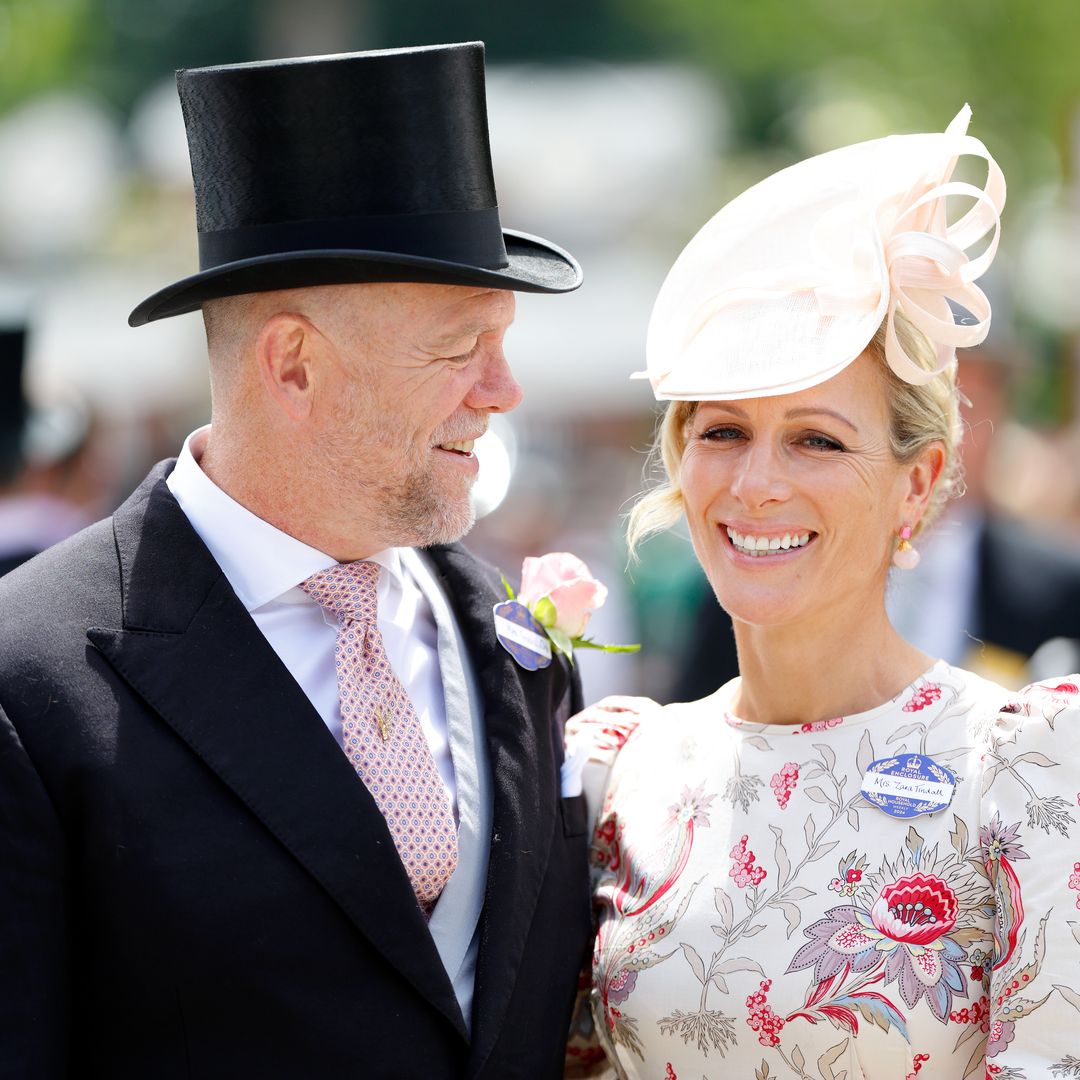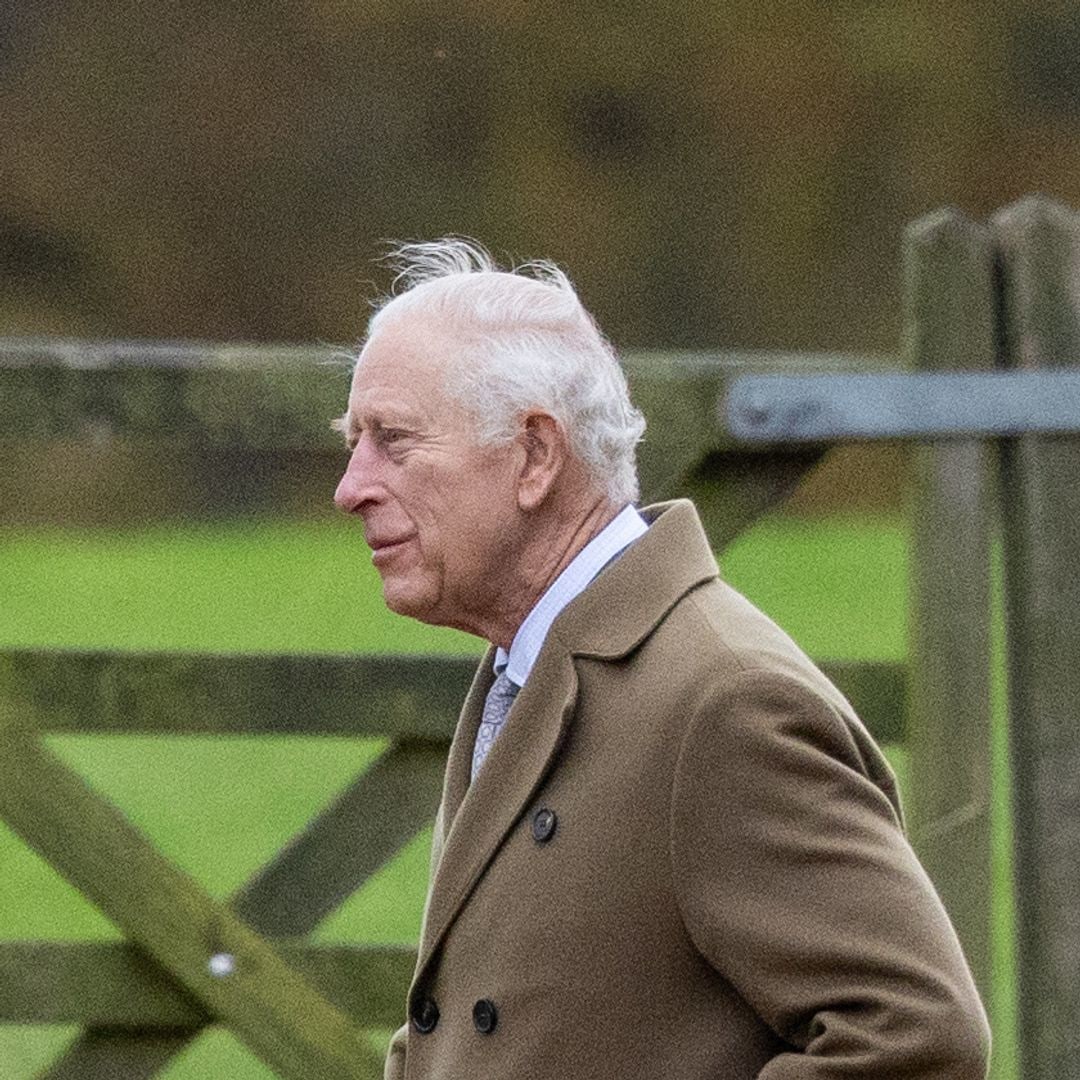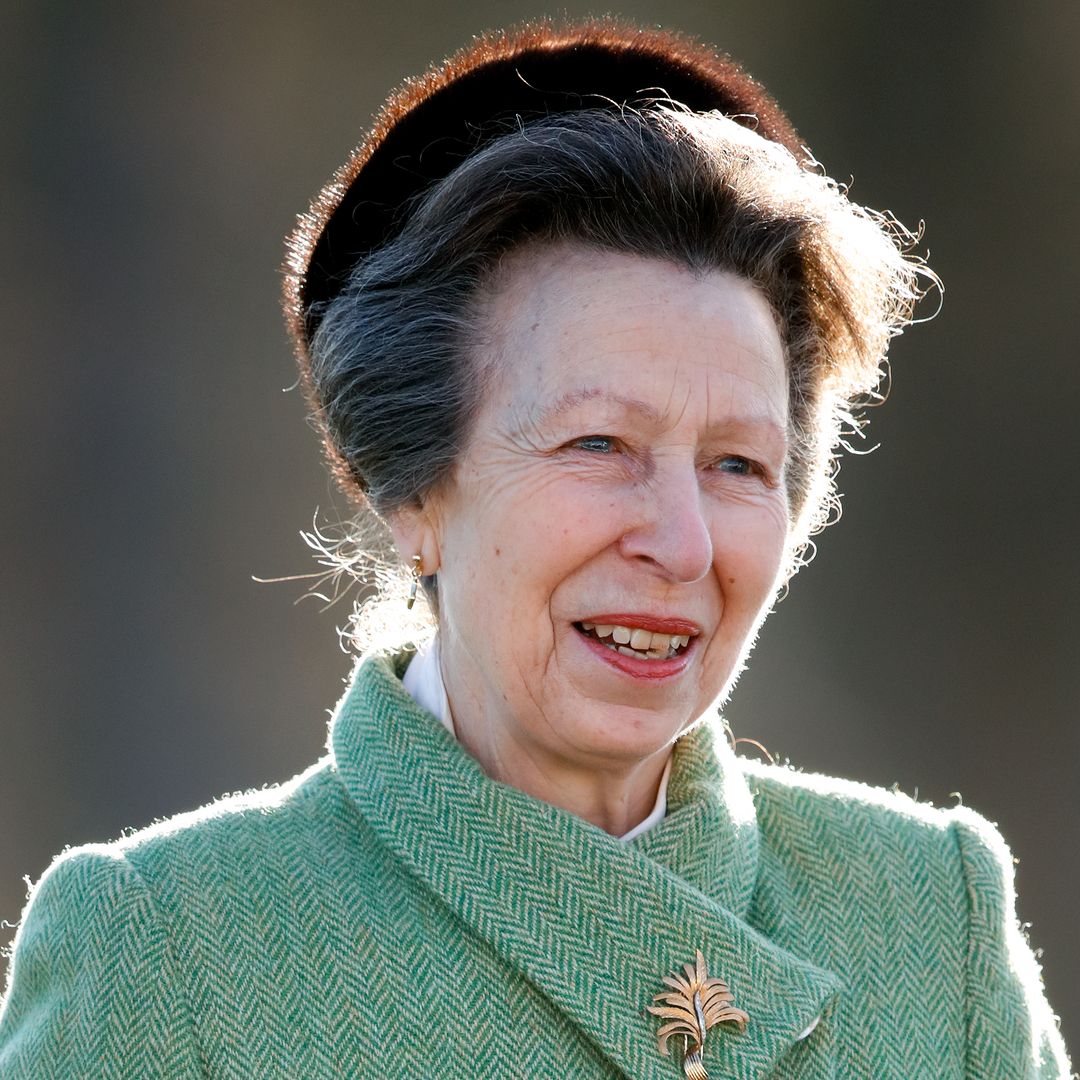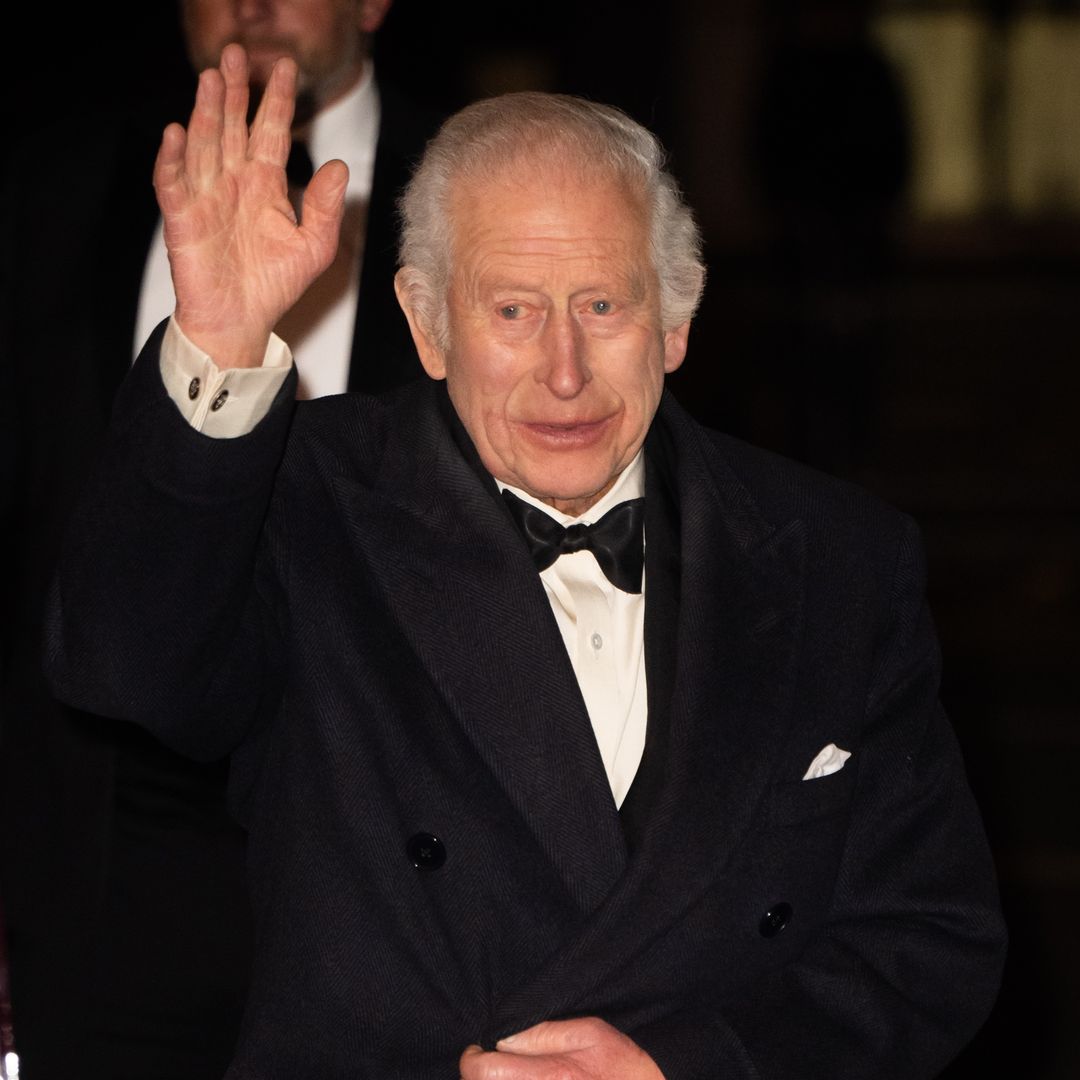A facial reconstruction of King Richard III has been unveiled a day after his remains were confirmed to have been unearthed in a Leicester car park. On Monday, experts said that the archaeological discovery was indeed a remnant of one the most mythologised figures in the history of the British monarchy. And now the king, who died on the battlefield in 1485, has taken on life-like proportions after the Richard III Society unveiled their stunning doppelganger.
Just 24 hours earlier, experts delivered the verdict on remains unearthed in Leicester. "Beyond reasonable doubt it's Richard," Richard Buckley, an associate from the University of Leicester, told a packed press conference to loud cheers. The archaeologist and his colleagues went on to reveal that the exhumed skeleton had suffered ten visceral injuries, two of which were thought to be potentially fatal. Their analysis is consistent with Richard III's status as the last English king to die in battle. Some of the legends which shroud the king were also brought to light thanks to the discovery.
William Shakespeare famously immortalised the royal in the eponymous play, which depicted Richard III as a hunchback. And like the character he inspired, his remains revealed a distinct curvature to his spine. The truth behind his iron reign, however, is something that Richard III carried to the grave with him, and left no trace of.

